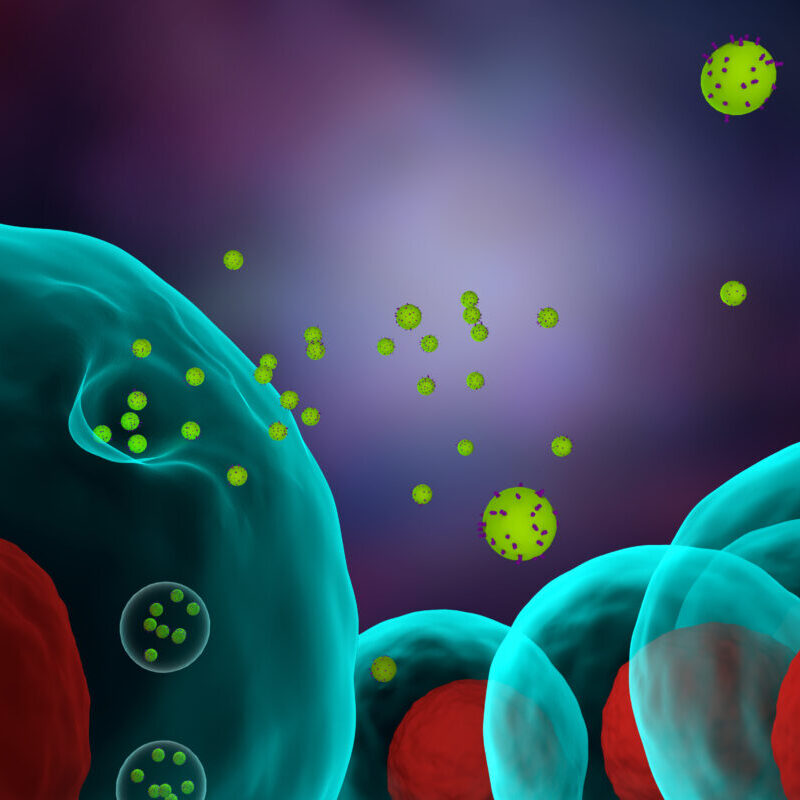Telomere Age Changes with SGF!!!
Telomeres are structures located at the ends of our chromosomes, and recent research by Nobel Prize-winning biologist Dr. Blackburn and others has revealed that these structures are deeply involved in aging, lifespan, and the strength of our genes. The primary role of telomeres is to protect chromosomes. Our bodies constantly undergo cell division, and during this process, telomeres prevent chromosomes, which are assemblies of DNA, from unraveling or sticking together. This helps avoid the risks associated with cell division, such as cellular dysfunction and cell death.
However, with each round of cell division, telomeres gradually shorten. As telomeres shorten, chromosomes become unstable, and when they become too short, cells cease to divide. Therefore, telomeres are often referred to as the ‘biological clock’ of aging.
In reality, telomere length is said to be shorter in older individuals compared to babies and is proportional to age. However, there is considerable variation among individuals, and being the same age does not necessarily mean having the same telomere length. Additionally, the rate at which telomeres shorten varies from person to person.
While a person’s lifespan and aging are not solely determined by telomere length, it is one of the most critical factors that hold the key. Having shorter telomeres indicates that cells are aging. This not only affects one’s appearance, such as wrinkles, age spots, sagging skin, and graying hair but also increases the susceptibility to various age-related diseases like cancer, atherosclerosis, heart attacks, and dementia.
On the other hand, recent research has revealed that we possess the ability to regenerate telomeres. An enzyme called telomerase, produced within our cells, acts to create telomere DNA and extend the length of telomeres. However, our cells do not always generate telomerase abundantly and provide it to the telomeres.
This is where SGF comes into focus. At Earl E Clinic Ginza, we achieve age care for many patients by administering SGF. SGF supplements telomere DNA, similar to telomerase, allowing for the reconstruction of telomeres.
Aging Care of Telomere Age with SGF Intravenous Infusion
The G-tail is a single-stranded extension that extends like a tail at the end of the double helix structure. This can shorten due to environmental factors and stress, so by testing it, we can determine the ‘genetic fatigue’ towards genes. We measure the ‘genetic age’ by measuring the (gene strength) relative to the actual age.



